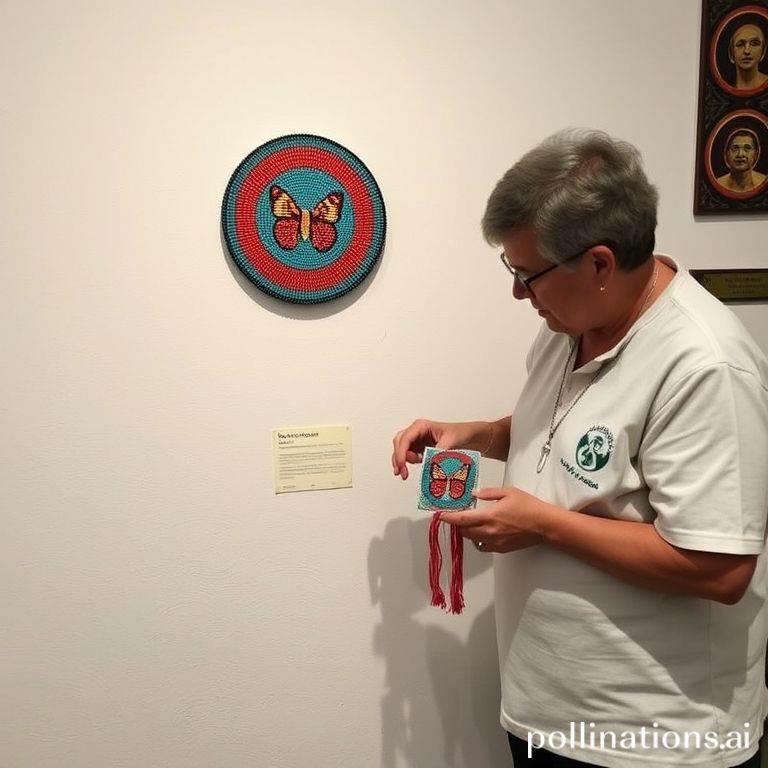Huichol bead art is a vibrant and intricate expression of the Wixárika people’s spiritual beliefs and cultural identity. These stunning pieces, adorned with meticulously placed beads, tell stories of ancient traditions, shamanic visions, and the interconnectedness of all living things. Understanding the symbolism and techniques behind this art form allows us to truly appreciate its beauty and significance.
In this article, we’ll explore the rich history, symbolism, and creation process of Huichol bead art, providing you with the tools to fully appreciate the artistry and cultural heritage embedded within each piece. From understanding the spiritual meanings behind the designs to recognizing the dedication and skill of the artists, we’ll delve into the heart of this captivating art form.
The History and Cultural Significance
The Wixárika, commonly known as the Huichol, are an indigenous group residing primarily in the Sierra Madre Occidental mountains of Mexico. Their art is deeply rooted in their religious beliefs and worldview. Before the introduction of glass beads by Europeans, the Huichol used natural materials like seeds, beans, and shells to create their art.
The arrival of glass beads in the 19th century revolutionized their artistic practice, allowing for more intricate designs and vibrant colors. However, the essence of their art remained unchanged: a powerful expression of their spiritual connection to the natural world.
Spiritual Symbolism
Each element in Huichol bead art carries a profound symbolic meaning:
- Peyote (Hikuri): Represents divine consciousness, spiritual awakening, and healing. It is central to Huichol religious practices.
- Deer: Symbolizes life, sustenance, and the sacred hunt. It is often associated with the peyote hunt, a vital pilgrimage for the Huichol.
- Corn: Represents sustenance, fertility, and the cycle of life. It is a staple crop and a vital part of Huichol culture.
- Scorpions: Can represent protection and healing properties.
- Eagles: Symbolize vision, strength, and connection to the spiritual realm.
- Turtles: Symbolize longevity, wisdom, and the earth.
The colors used are also significant. Blue represents water and the sky, red symbolizes life and energy, yellow represents the sun, and green represents nature and growth.
The Art of Beading: A Labor of Love
Creating Huichol bead art is a painstaking and time-consuming process. Artists meticulously apply each bead individually to a surface coated with beeswax, creating intricate patterns and designs. This requires incredible patience, skill, and attention to detail.
The Process
- Preparation: The artist first prepares the surface, usually a wooden carving or a gourd, by coating it with beeswax.
- Design: The design is often drawn or etched onto the wax surface, serving as a guide for the placement of the beads. Sometimes the design comes purely from the artist’s vision.
- Application: Using a needle or their fingers, the artist carefully presses each bead into the wax, one at a time, following the design.
- Finishing: Once the entire surface is covered, the artwork is left to dry, and any excess wax is removed.
The quality of the finished piece depends not only on the design but also on the precision and consistency of the bead placement.
How to Appreciate Huichol Art
To truly appreciate Huichol bead art, consider the following:
Look Beyond the Aesthetic
Recognize that each piece is more than just a decorative object. It is a visual representation of the Wixárika culture, beliefs, and history. Take the time to understand the symbolism and the stories behind the designs.
Consider the Craftsmanship
Appreciate the skill and dedication required to create these intricate pieces. Each bead is placed by hand, a testament to the artist’s patience and precision. Imagine the hours of work that go into each artwork.
Support Fair Trade Practices
Ensure that you are purchasing Huichol art from reputable sources that support fair trade practices. This helps to ensure that the artists receive fair compensation for their work and that their cultural heritage is respected.
Learn About the Wixárika Culture
By learning about the Wixárika people and their traditions, you can gain a deeper understanding of the art and its significance. Read books, watch documentaries, and visit museums to learn more about this fascinating culture.
Conclusion
Huichol bead art is a captivating and meaningful art form that offers a glimpse into the rich spiritual and cultural world of the Wixárika people. By understanding the history, symbolism, and creation process, we can truly appreciate the artistry and dedication behind each piece. When acquiring Huichol art, remember that you are not just buying an object; you are investing in a piece of cultural heritage and supporting the livelihoods of talented artisans.
If you enjoyed this article, don’t forget to explore more inspiring stories on Life in Mexico!
IMAGE: A close-up shot of a vibrant Huichol beaded mask. The mask depicts a deer with intricate geometric patterns and symbols incorporating peyote flowers, corn, and eagles. The beads are a mix of bright colors including blues, reds, yellows, greens, and oranges. The lighting is soft and natural, highlighting the texture and detail of the beadwork. The style is artistic and culturally rich, emphasizing the spiritual essence of the Huichol art.


